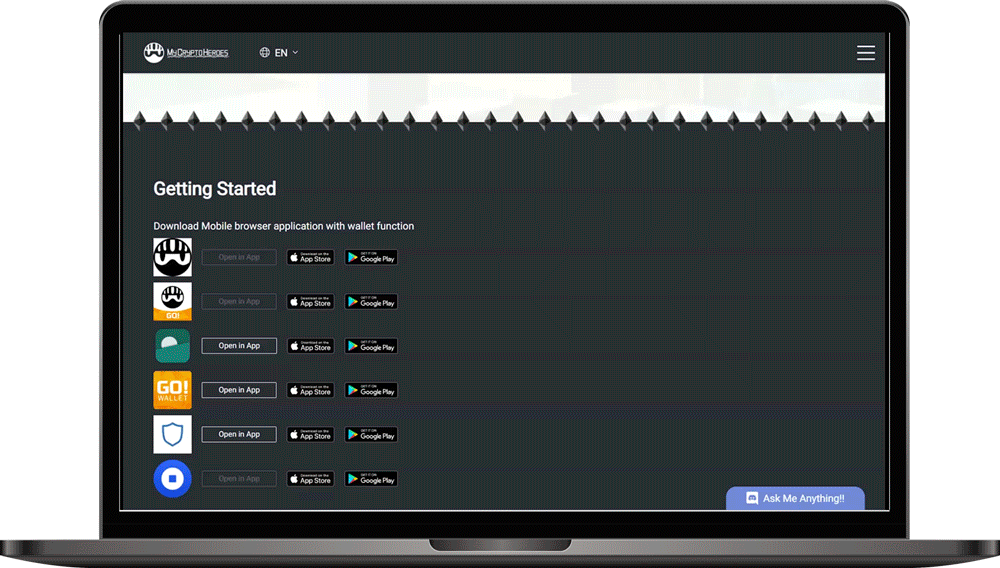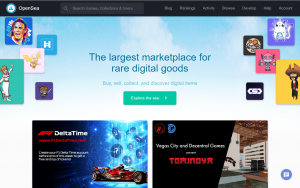TRUST
Labels
Problem
Users encounter numerous applications with various levels of trustworhiness on a daily basis. They are responsible for shraring their private data and resources and have to accept the consequences of trusting the wrong applications. This becomes increasingly important when there are financial resources or legal ownerships involved. Users are looking for the signs of trust which help them decide if the application is trustworthy or not.
Solution
Labels are powerful trust signals because they can show that another party supports the application, or ensure validity of the provided data. Thus, trust in this particular organization (if the organisation itself is a reputable and trustworthy one) is transferred into the application.
The first possibility is a governmental label such as the label of a federal office, that supports the project. If trust in government is high, the label would make users confident that the data in the app is genuine and that it can be trusted.
The second possibility would be a label from a university. Research activities that underlie the development and bring transparency over it may enhance the trustworthiness of the whole platform.
The third possibility is a quality seal or a test report from an independent third party that specifically examines and audits blockchain platforms.

Literature
L. Zavolokina, N. Zani, and G. Schwabe, “Why Should I Trust a Blockchain Platform? Designing for Trust in the Digital Car Dossier,” in Lecture Notes in Computer Science (including subseries Lecture Notes in Artificial Intelligence and Lecture Notes in Bioinformatics), 2019, vol. 11491 LNCS, pp. 269–283.

